目录
1. 概述
可以通过GDAL给地理数据写入空间参考信息,不过要注意的是GDAL给矢量数据和栅格数据写入空间坐标参考的接口不太一样。
2. 栅格数据
实现代码如下:
#include <iostream>
#include <gdal_priv.h>
#include <string>
using namespace std;
int main()
{
GDALAllRegister();
CPLSetConfigOption("GDAL_FILENAME_IS_UTF8", "NO"); //支持中文路径
CPLSetConfigOption("SHAPE_ENCODING", ""); //解决中文乱码问题
CPLSetConfigOption("GDAL_DATA", "D:/Work/GDALBuild/gdal-2.4.2/install/data");
GDALDriver *pDriver = GetGDALDriverManager()->GetDriverByName("GTIFF"); //图像驱动
char** ppszOptions = NULL;
ppszOptions = CSLSetNameValue(ppszOptions, "BIGTIFF", "IF_NEEDED"); //配置图像信息
const char* dstPath = "dst.tif";
GDALDataset* dst = pDriver->Create(dstPath, 256, 256, 3, GDT_Byte, ppszOptions);
if (dst == nullptr)
{
printf("Can't Write Image!");
return false;
}
//空间参考
OGRSpatialReference spatialReference;
spatialReference.importFromEPSG(4326); //wgs84地理坐标系
char *pszWKT = nullptr;
spatialReference.exportToWkt(&pszWKT);
dst->SetProjection(pszWKT);
CPLFree(pszWKT);
pszWKT = nullptr;
//坐标信息
double padfTransform[6] = {
114.0, //左上角点坐标X
0.000001, //X方向的分辨率
0, //旋转系数,如果为0,就是标准的正北向图像
34.0, //左上角点坐标Y
0, //旋转系数,如果为0,就是标准的正北向图像
0.000001, //Y方向的分辨率
};
dst->SetGeoTransform(padfTransform);
GDALClose(dst);
}
这里创建了一个wgs84地理坐标系空间参考的栅格数据,通过OGRSpatialReference类导出了描述空间参考的wkt字符串,写入到GDAL数据集中。
3. 矢量数据
实现代码如下:
#include <iostream>
#include <gdal_priv.h>
#include <ogrsf_frmts.h>
using namespace std;
int main()
{
GDALAllRegister();
CPLSetConfigOption("GDAL_FILENAME_IS_UTF8", "NO"); //支持中文路径
CPLSetConfigOption("SHAPE_ENCODING", ""); //解决中文乱码问题
CPLSetConfigOption("GDAL_DATA", "D:/Work/GDALBuild/gdal-2.4.2/install/data");
//空间参考
OGRSpatialReference spatialReference;
spatialReference.importFromEPSG(4326); //wgs84地理坐标系
//创建
GDALDriver* driver = GetGDALDriverManager()->GetDriverByName("ESRI Shapefile");
if (!driver)
{
printf("Get Driver ESRI Shapefile Error!\n");
return false;
}
GDALDataset* dataset = driver->Create("dst.shp", 0, 0, 0, GDT_Unknown, NULL);
OGRLayer* poLayer = dataset->CreateLayer("houseType", &spatialReference, wkbPolygon, NULL);
//创建属性字段
{
// 字符串
OGRFieldDefn oField1("名称", OFTString);
oField1.SetWidth(8);
if (poLayer->CreateField(&oField1) != OGRERR_NONE) {
printf("Creating Name field failed.\n"); return FALSE;
}
// 浮点数
OGRFieldDefn oField2("面积", OFTReal);
oField2.SetPrecision(3);
if (poLayer->CreateField(&oField2) != OGRERR_NONE) {
printf("Creating Name field failed.\n"); return FALSE;
}
// 整型
OGRFieldDefn oField3("结点数", OFTInteger);
if (poLayer->CreateField(&oField3) != OGRERR_NONE) {
printf("Creating Name field failed.\n"); return FALSE;
}
}
//创建特征
OGRFeature *poFeature = new OGRFeature(poLayer->GetLayerDefn());
OGRLinearRing ogrring;
int pNum = 4;
ogrring.setNumPoints(pNum);
ogrring.setPoint(0, 114.0, 34.0, 0.0);
ogrring.setPoint(1, 115.0, 34.0, 0.0);
ogrring.setPoint(2, 115.0, 35.0, 0.0);
ogrring.setPoint(3, 114.0, 35.0, 0.0);
OGRPolygon polygon;
polygon.addRing(&ogrring);
poFeature->SetGeometry(&polygon);
poFeature->SetField("名称", "多边形");
poFeature->SetField("面积", polygon.get_Area());
poFeature->SetField("结点数", pNum);
if (poLayer->CreateFeature(poFeature) != OGRERR_NONE)
{
printf("Failed to create feature in shapefile.\n");
return false;
}
//释放
GDALClose(dataset);
dataset = nullptr;
}
与写入到栅格数据不同,空间参考信息写入到矢量数据是写入到GDAL数据集的图层类中的,并且直接传入OGRSpatialReference类即可。
© 版权声明
本站所有资源来自于网络,仅供学习与参考,请勿用于商业用途,否则产生的一切后果将由您(转载者)自己承担!
如有侵犯您的版权,请及时联系3500663466#qq.com(#换@),我们将第一时间删除本站数据。
如有侵犯您的版权,请及时联系3500663466#qq.com(#换@),我们将第一时间删除本站数据。
THE END


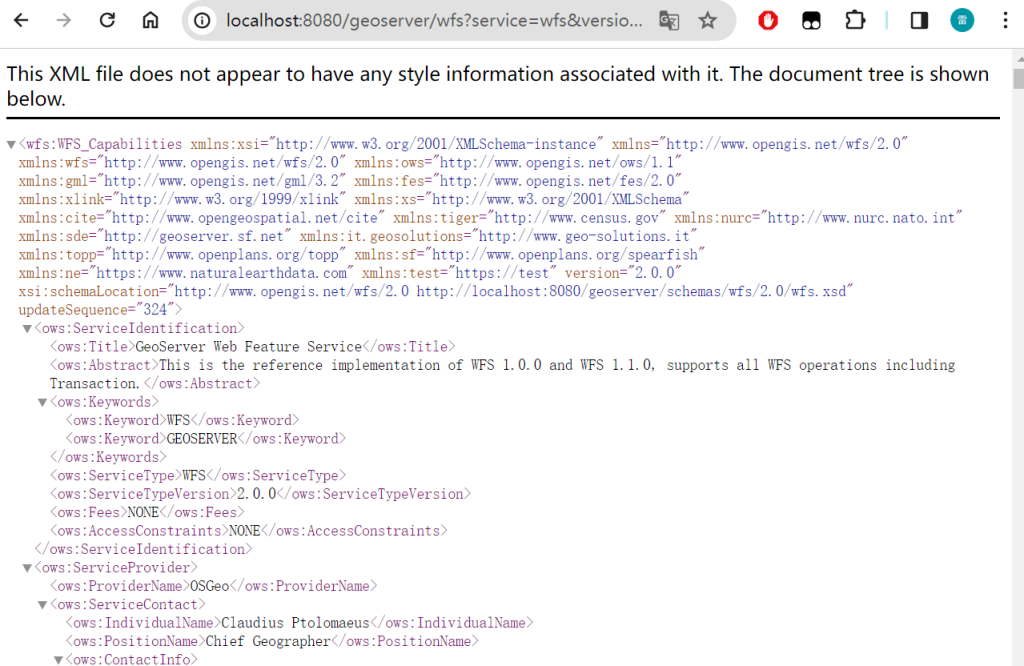
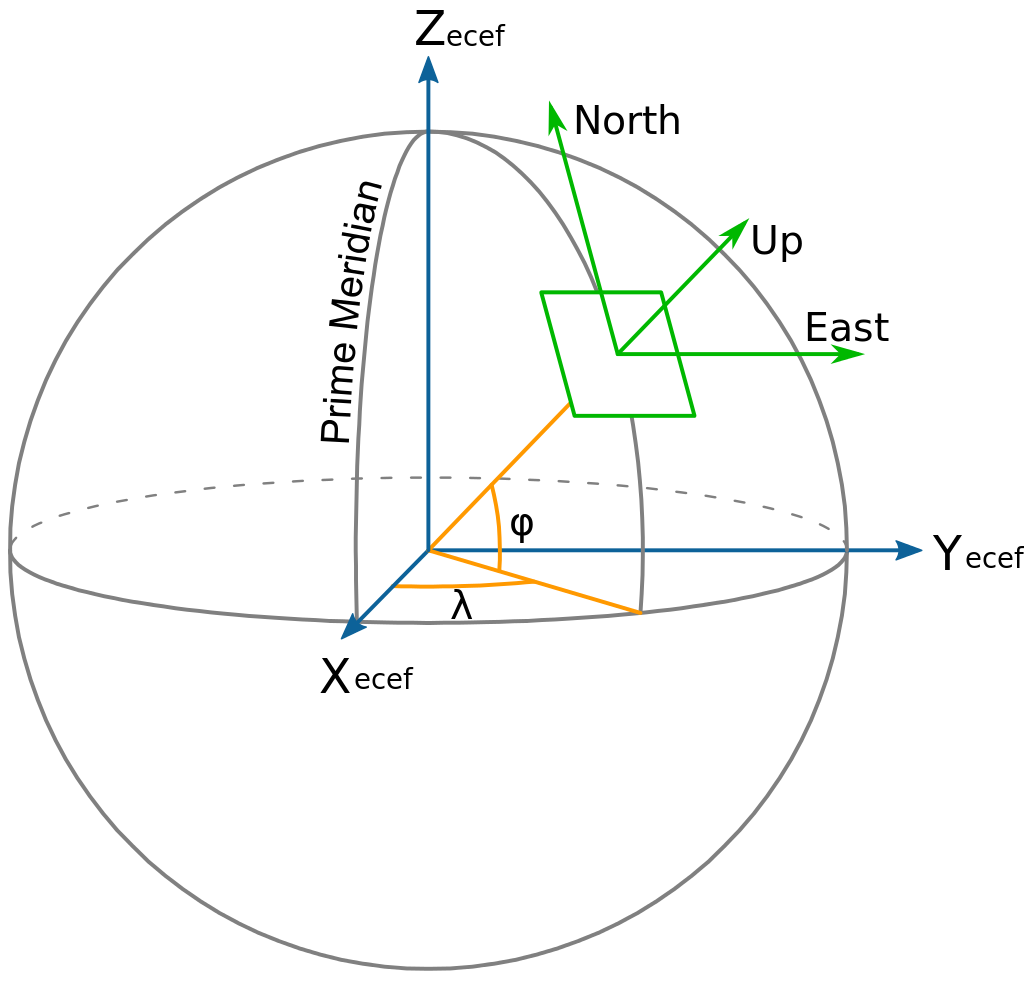

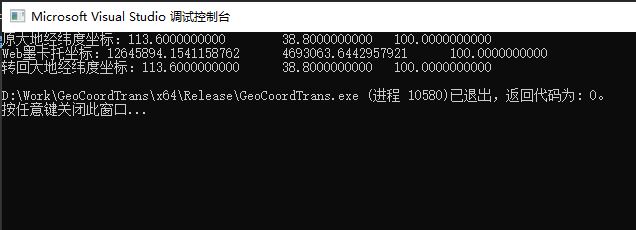

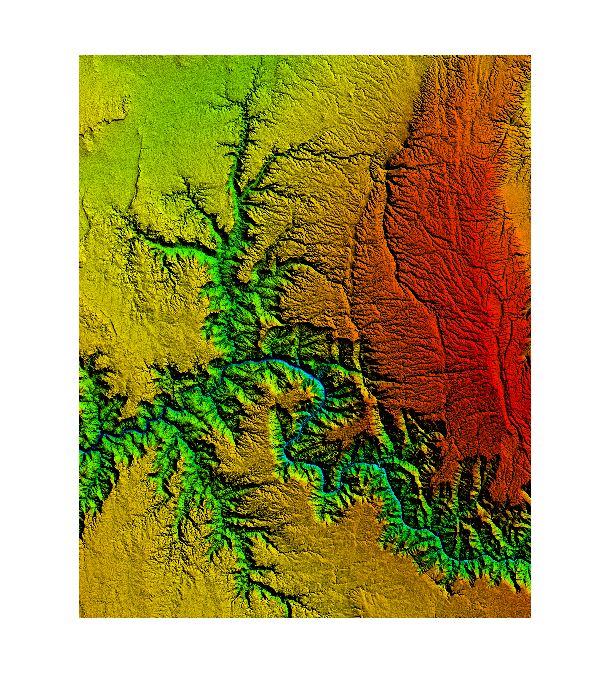



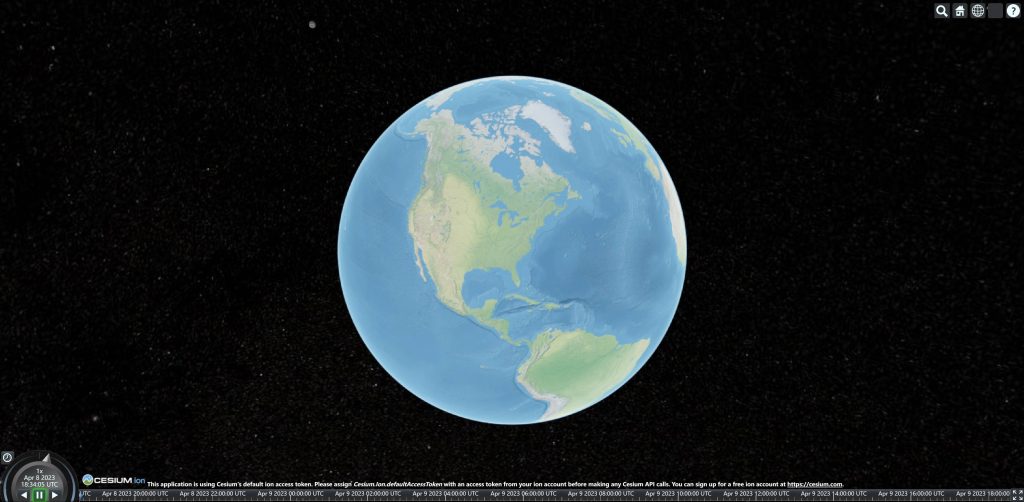

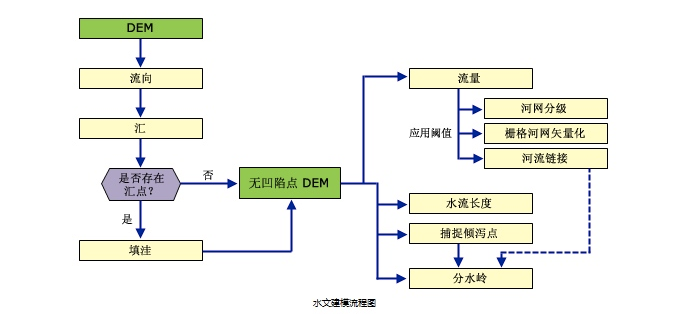




暂无评论内容